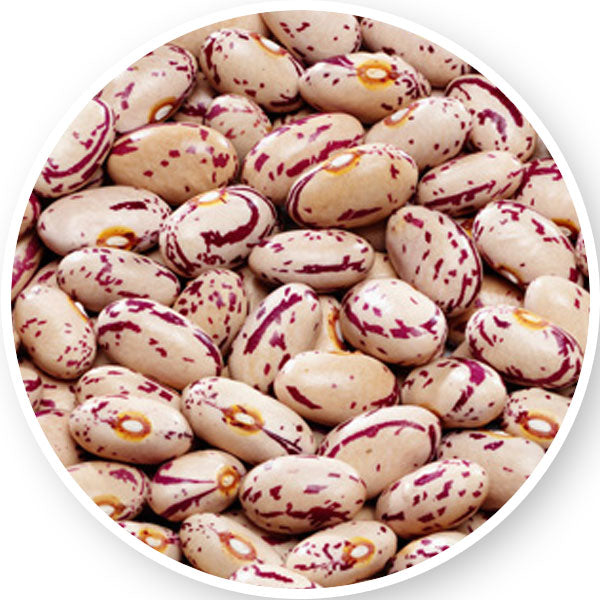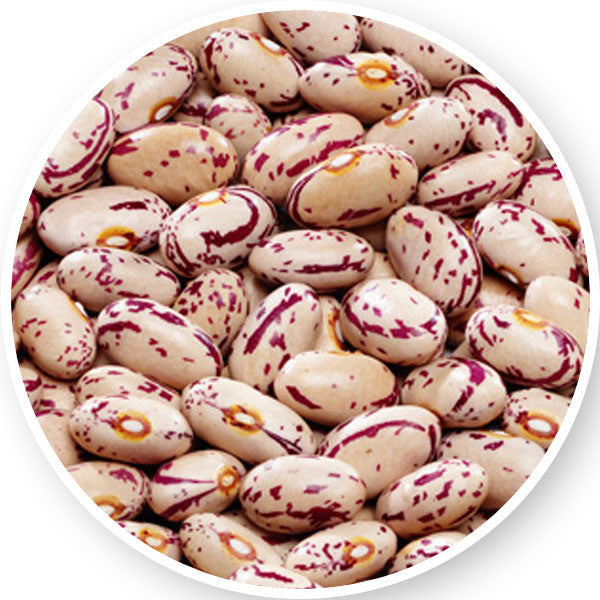The Key to Successful Maize Production: Understanding GM vs Non-GM Maize
Caiphas MuyamboShare with someone
In South Africa, maize farming is the most important grain crop, with farmers frequently deciding between genetically modified (GM) and non-GM maize. This decision influences not only yield but also cost, management practices, and grain market value. To aid South African farmers in making informed decisions, let’s explore the key differences between GM and non-GM maize, including their formation, benefits, and required management practices.
GM Maize: Genetically Modified for Enhanced Traits
GM maize is developed through a scientific process where specific genes are inserted into the maize’s DNA. These genes, often derived from other plants or organisms, are chosen for their desirable traits. Two common modifications in GM maize are:
- Bt Maize: Contains a gene from the bacterium Bacillus thuringiensis, producing a protein toxic to specific pests like the African maize stalk borer and Fall armyworm. This built-in pest resistance reduces the need for chemical insecticides.
- Roundup Ready Maize: Engineered to resist glyphosate-based herbicides, such as Roundup, allowing farmers to apply these herbicides for effective weed control without damaging the maize crop.
Non-GM Maize: Traditional Breeding Methods
Non-GM maize is developed through traditional breeding techniques, involving the selection and cross-pollination of plants with desirable traits over multiple generations. This natural process does not involve direct genetic modification. Non-GM maize requires different management strategies to achieve high yields.
Yield Comparisons: Potential vs. Actual Yield
The yield potential of both GM and non-GM maize largely depends on factors such as soil quality, weather conditions, and management practices. Here’s an illustrative example:
-
GMO Hybrid Maize with Bt and Roundup Ready Technologies:
- Potential Yield: 20 tons/ha
- Actual Yield: 15-17 tons/ha (due to reduced losses from pests and weeds)
-
Non-GMO Hybrid Maize:
- Potential Yield: 20 tons/ha
- Actual Yield: 12-14 tons/ha (due to increased losses as a result of pests and weeds pressure)
Management Practices: What You Need to Know
For GMO Maize:
- Herbicide Use: Roundup Ready maize can withstand glyphosate-based herbicides, allowing for effective weed control. Examples include Roundup and other glyphosate products.
- Pest Management: Bt maize reduces the need for chemical insecticides by producing proteins toxic to specific pests. Effective against pests like the African maize stalk borer and Fall armyworm, Bt maize helps minimize yield losses.
- Resistance Management: Use refuge seeds to plant non-Bt maize near Bt maize. This practice helps manage pest resistance by providing a habitat for pests not exposed to the Bt toxin.
For Non-GM Maize:
- Integrated Pest Management: Utilize biological control, crop rotation, and pesticides to manage pests.
- Weed Control: Employ mechanical weeding, cover crops, and selective herbicides. Avoid using glyphosate-based herbicides like Roundup on non-GMO maize, as it will destroy the crops.
Important Note: It is vitally important that farmers do not use Roundup herbicides to control weeds in non-GM maize. Doing so will result in the loss of all your crops. With effective weed and pest control, non-GM maize farmers can still maximize actual yield.
Economic Considerations: Cost vs. Market Price
As a farmer, you are also a businessman. It is crucial to consider the total cost of producing GM versus non-GM maize and the grain price on the market. In many markets including South Africa, non-GM grain generally fetches a higher price than GM maize, but the cost of production may also be slightly higher, depending on the production conditions.
Conclusion
Both GM and non-GM maize offer unique advantages and challenges. The choice between them should be based on your specific farm conditions, management capabilities, and market demands. By understanding the key differences and requirements, you can make the best decision for your farming operation.


